Infrastructure, Capacity, and Business Opportunities
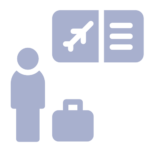
Customer

Regulator

Shareholders, investors and securities analyst

Communities and Society

Mass Media and other Online media
Managing the capacity to accommodate air traffic volumes involves developing the infrastructure and facilities of the airport, focusing on the use of the digital technology in airport maintenance system, and development of infrastructure and facilities to respond the demands of passenger, airlines and airport users effectively.
Policy and Approach
AOT conducted business in compliance with policies, operation plans and related practice guidelines with an objective to achieve AOT’s vision “AOT Operates the World’s Smartest Airports” and mission “Operate and promote airport business including other related activities associate with airport basis to enhance sustainable development.”
Airport Accessibility and Business Opportunity from Internal Development
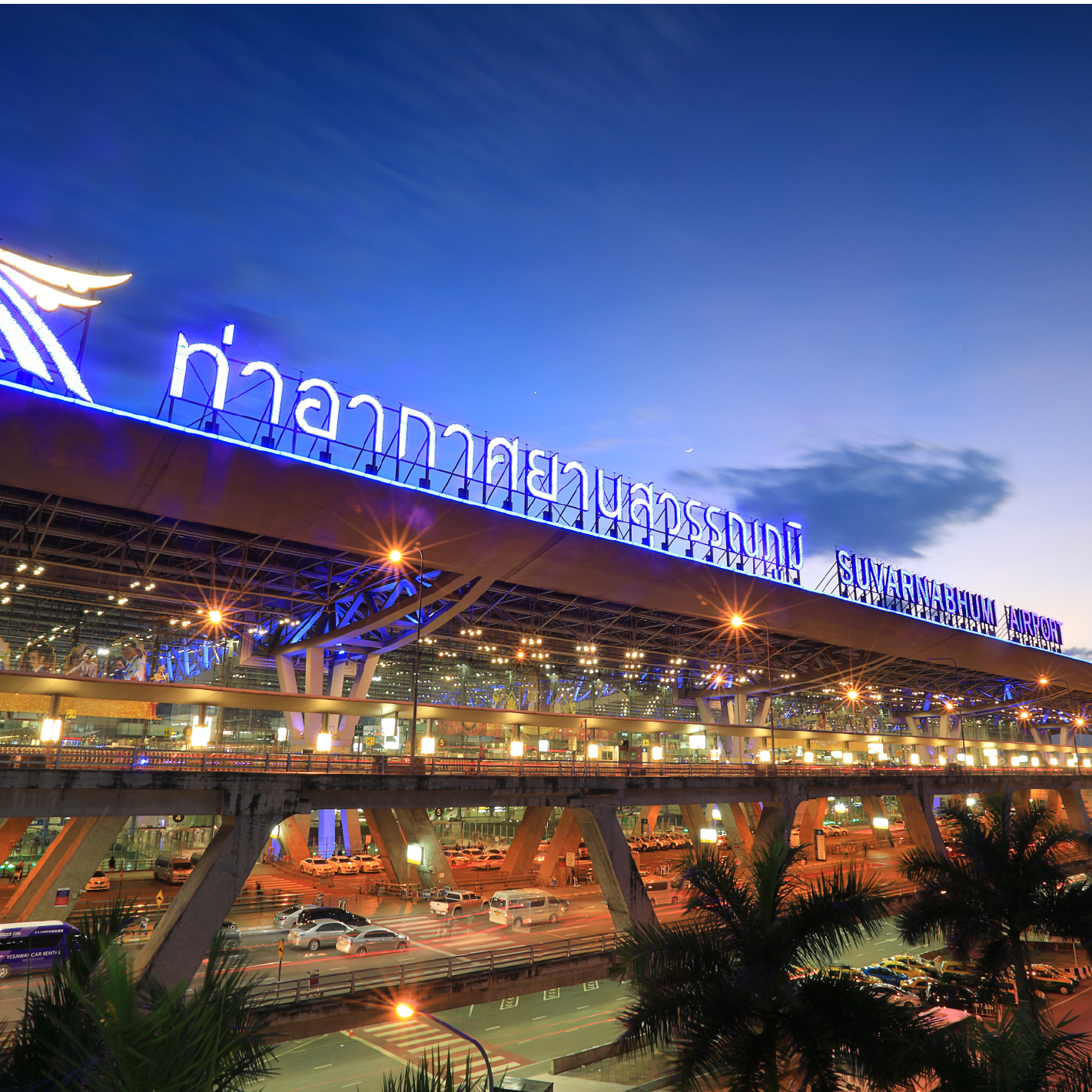
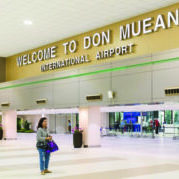
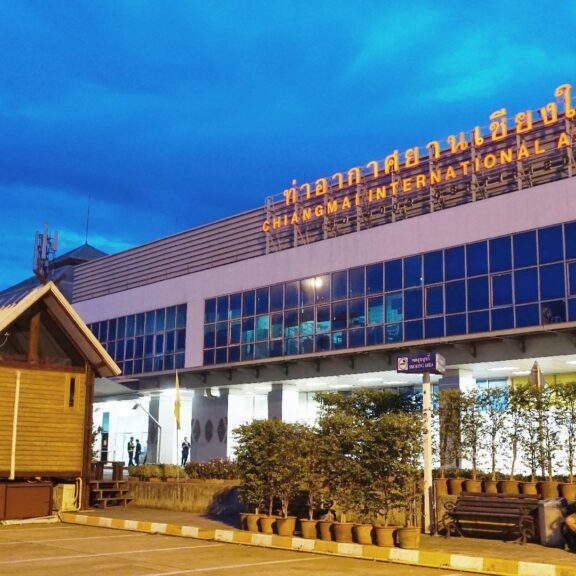
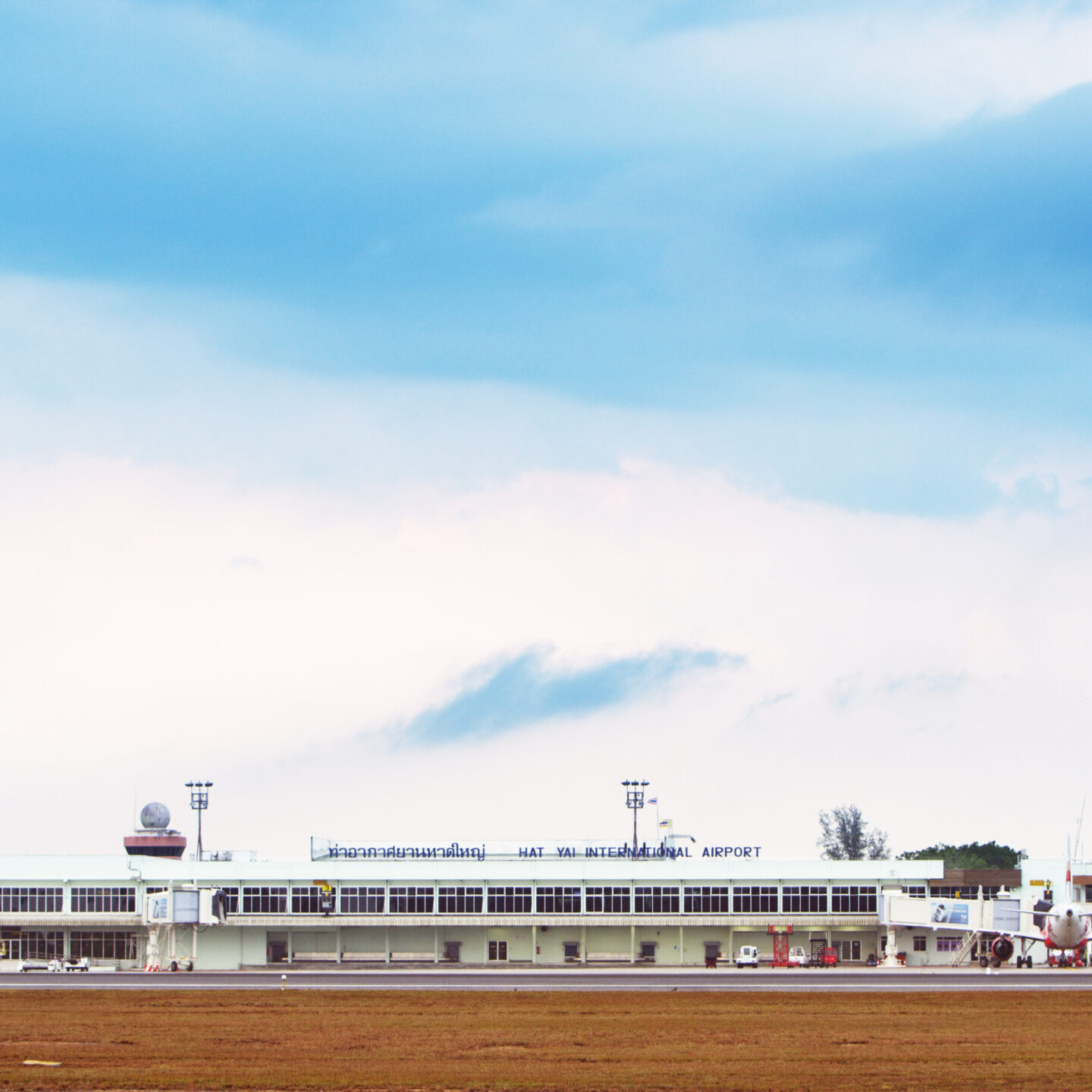
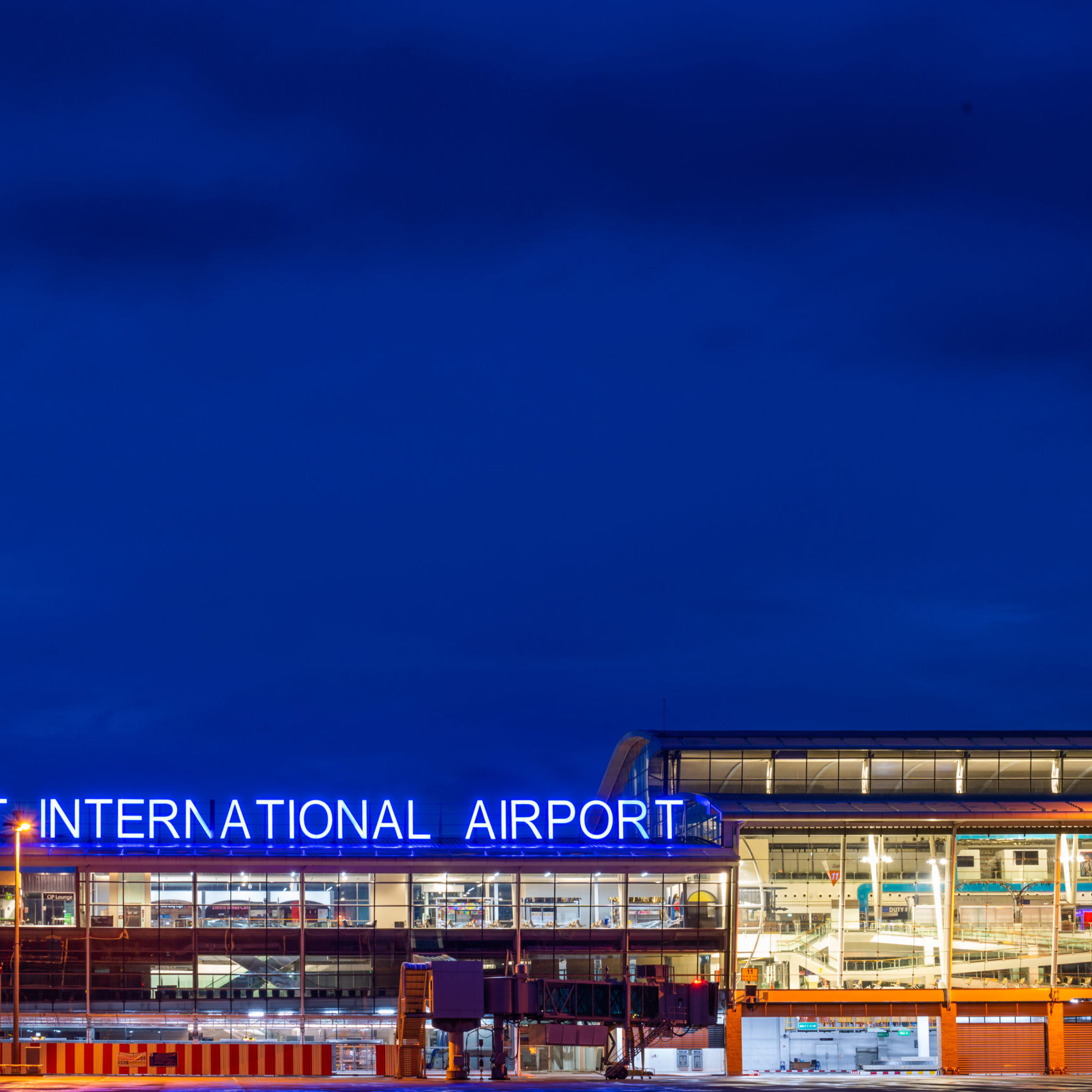
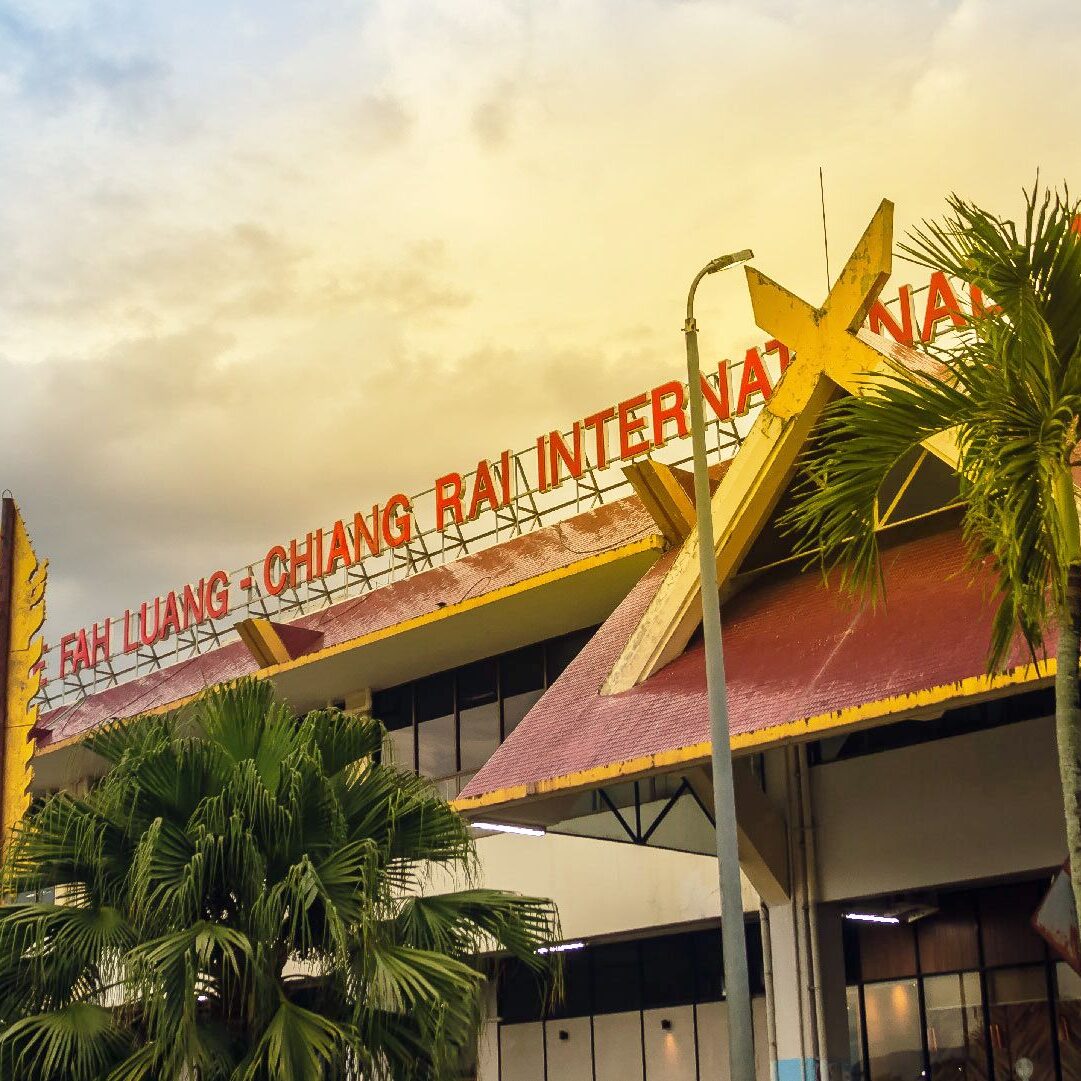
The enhancement of airport handling capacity for maximizing our service quality according to AOT’s Airport Development Master Plan of 6 airports
AOT formulated the Airport Development Master Plans in line with the 20-year National Strategy Framework which were approved by the AOT Board of Directors, the Ministry of Transport, the Office of the National Economics and Social Development Council, and the Cabinet. The Airport Development Planning Department and every department under the Engineering and Construction Group are responsible for passenger handling capacity development according to the master plan that consists of 6 plans for all 6 AOT airports. The master plans are regularly reviewed to control the operation’s achievement according to the set goal and in line with the changing situation of the aviation industry. Currently, AOT has set long-term goals for AOT’s airport development plan until 2040.
Passenger Handling Capacity of the 6 Airports Operated by AOT
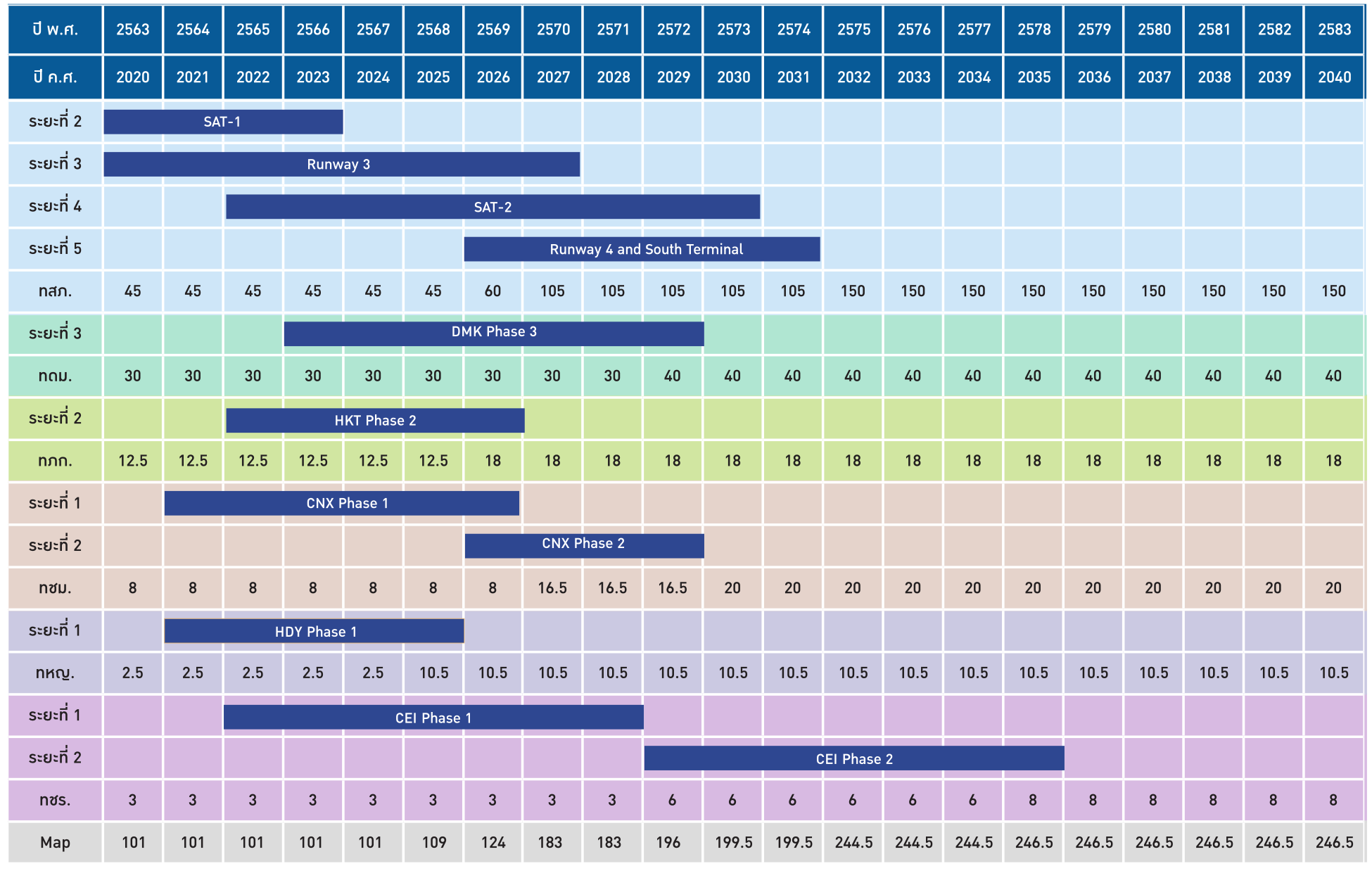
Unit: million people per year
Note: Information shown is future planning and is subject to review and change as appropriate.
Ability to Accommodate
Suvarnabhumi Airport (BKK)

Don Mueang International Airport (DMK)
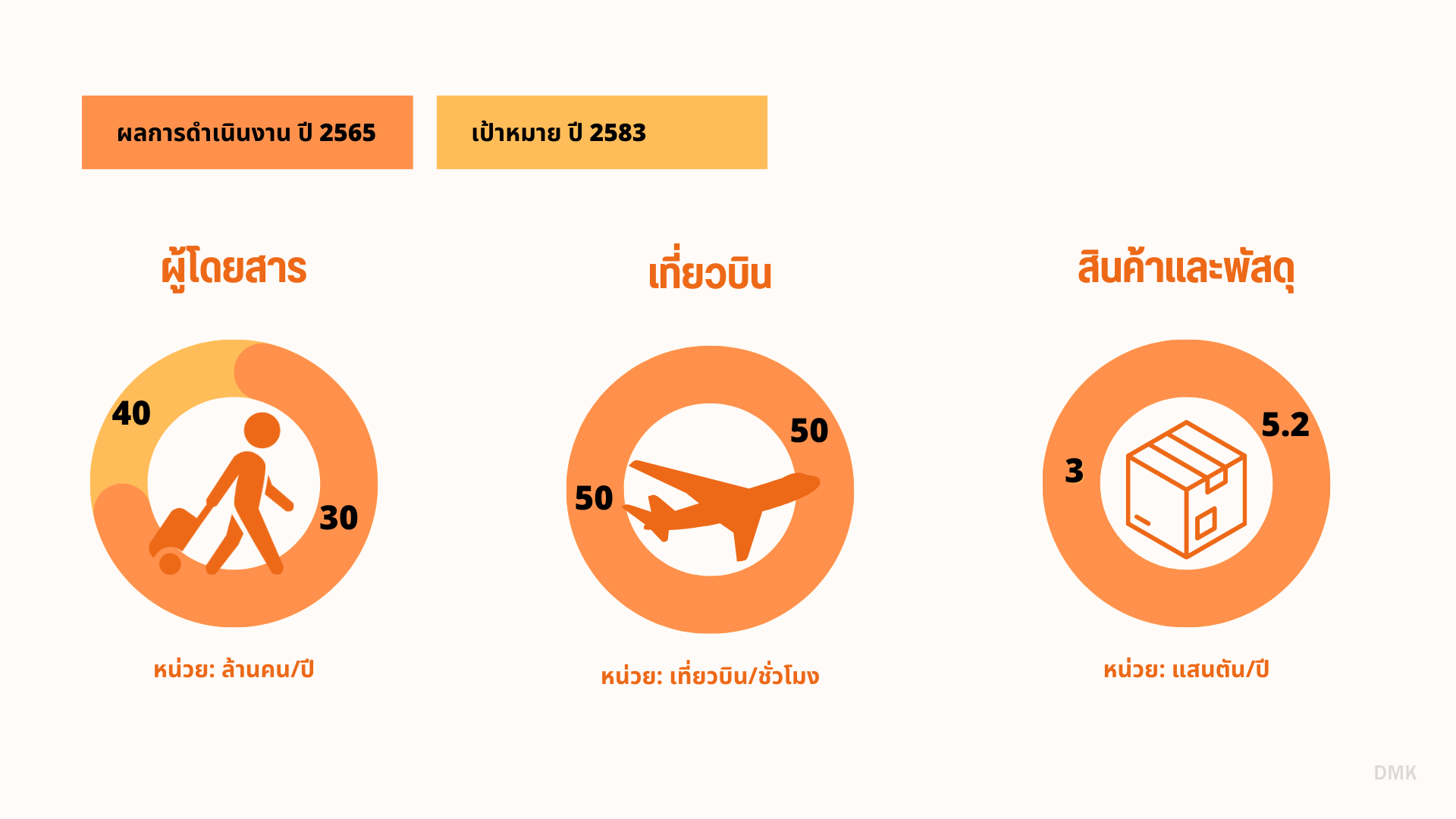
Chiang Mai international Airport (CNX)
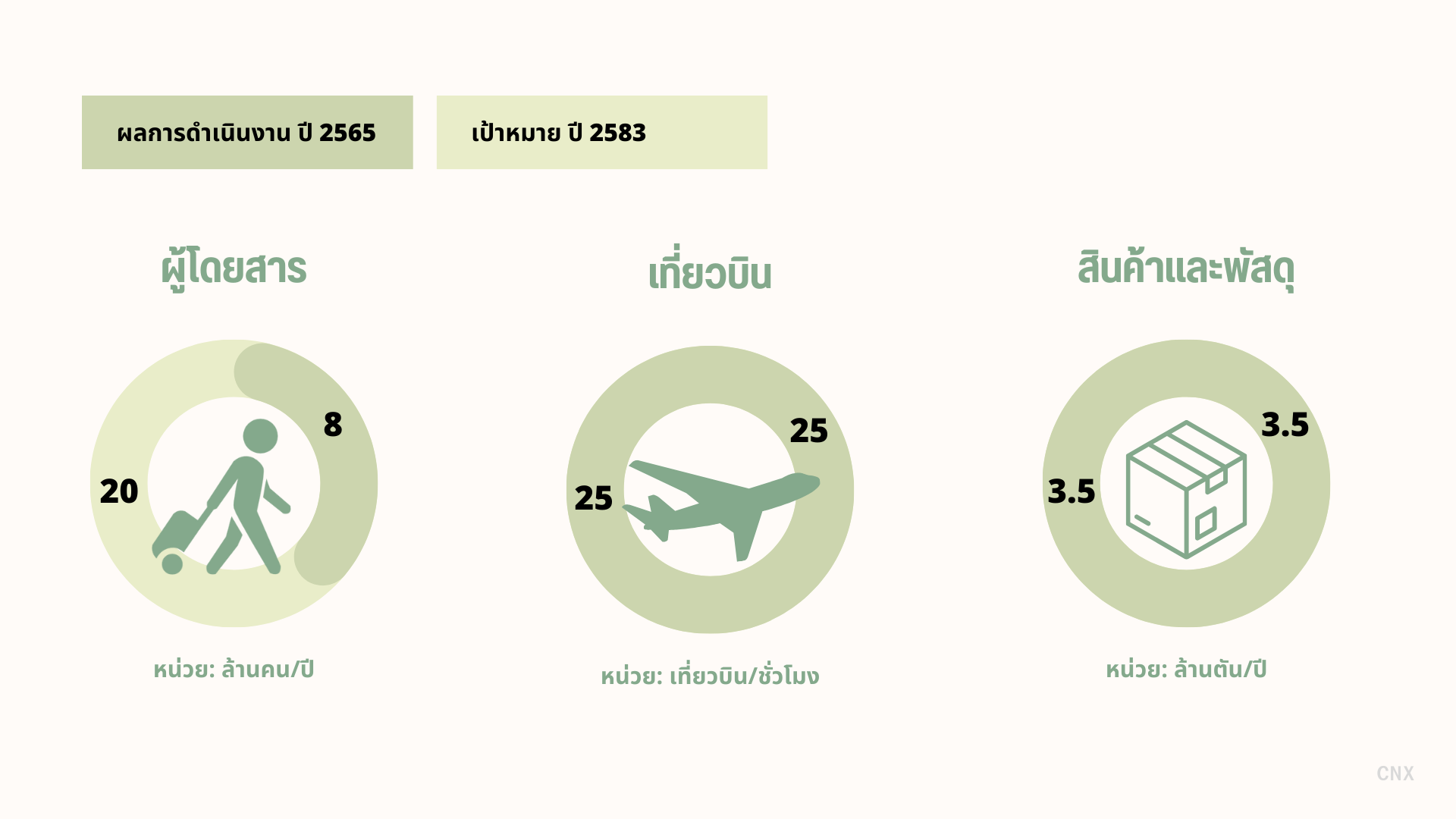
Hat Yai International Airport (HDY)
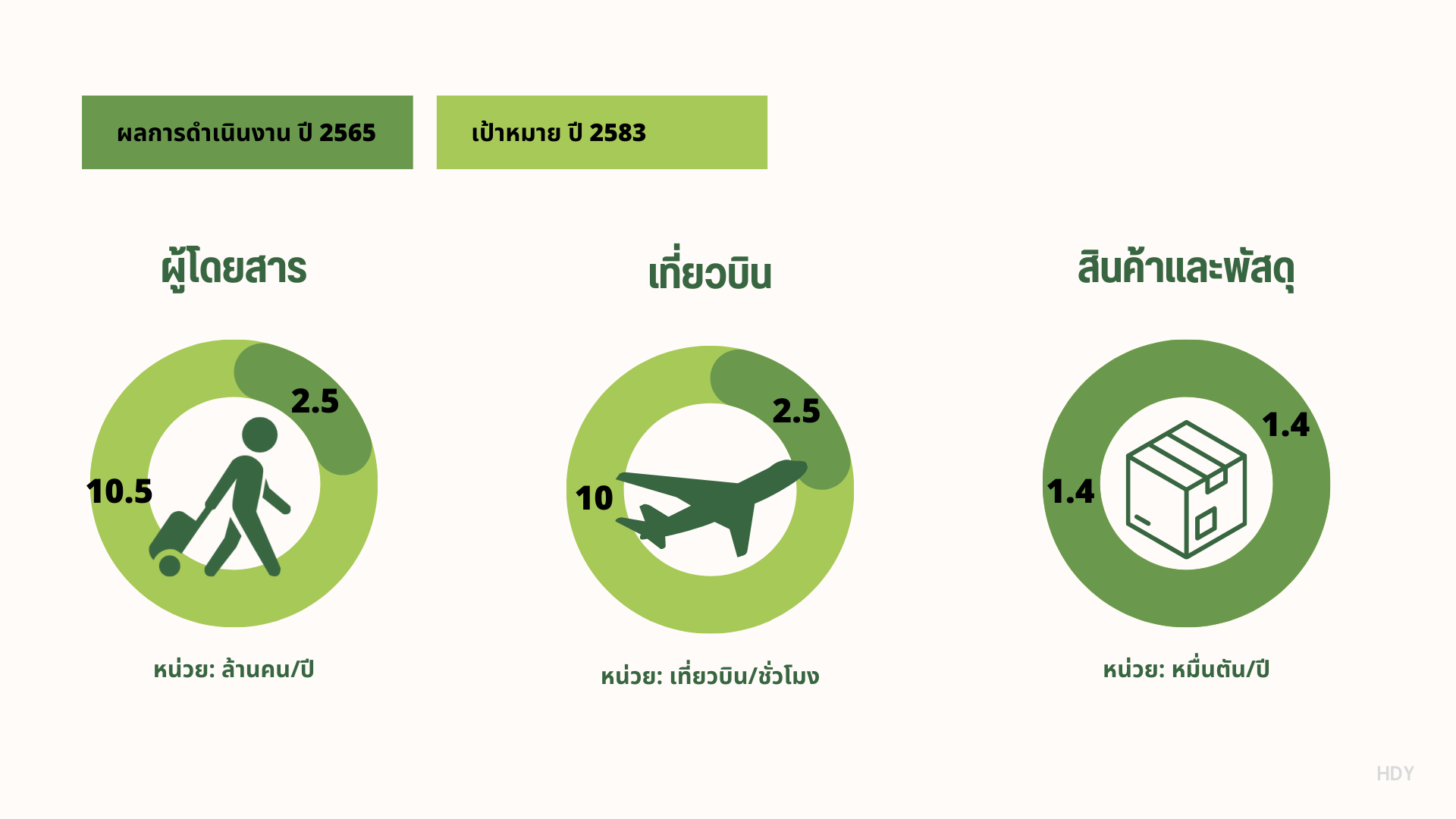
Phuket International Airport (HKT)
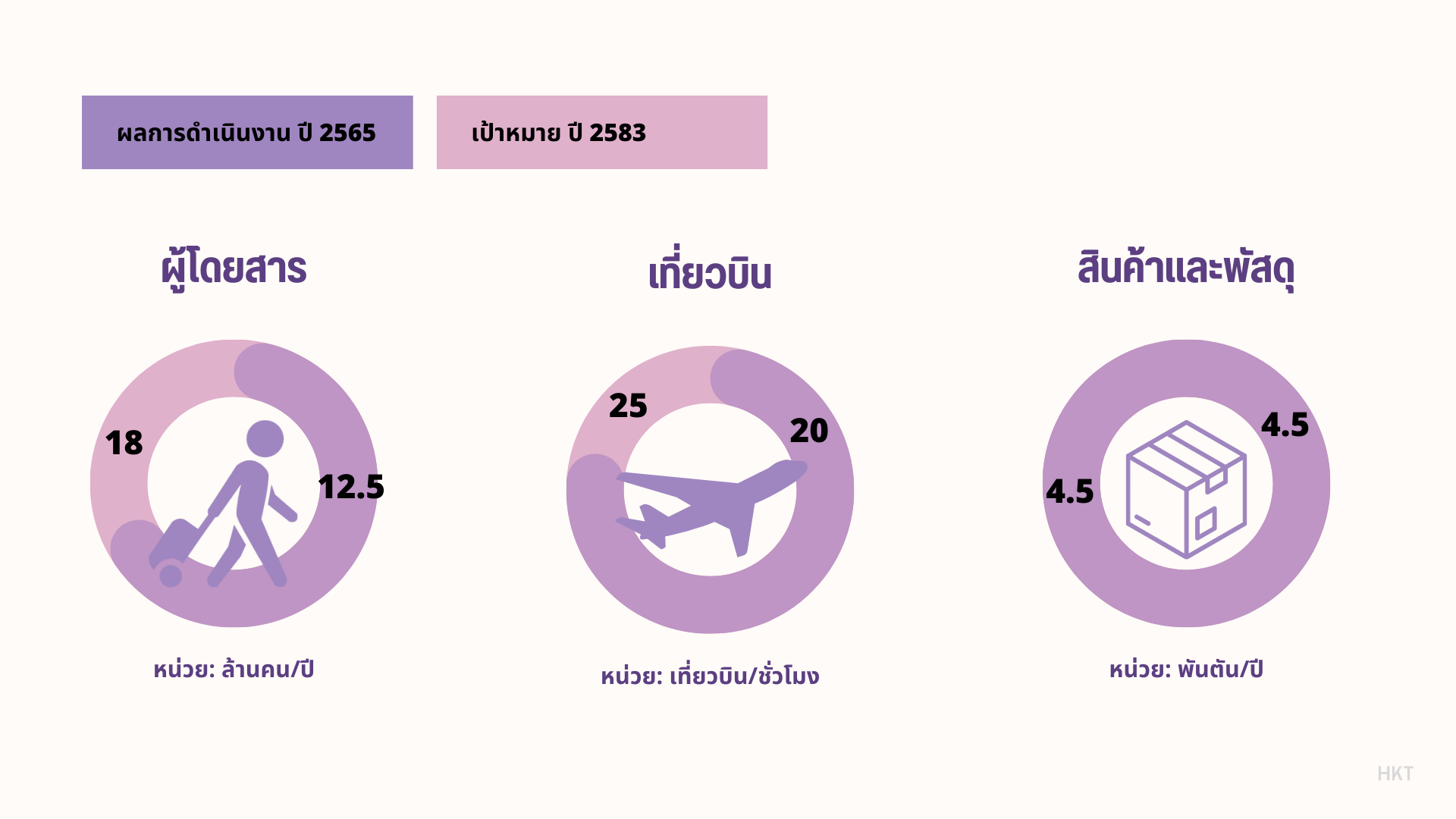
Mae Fah Luang Chiang Rai International Airport (CEI)
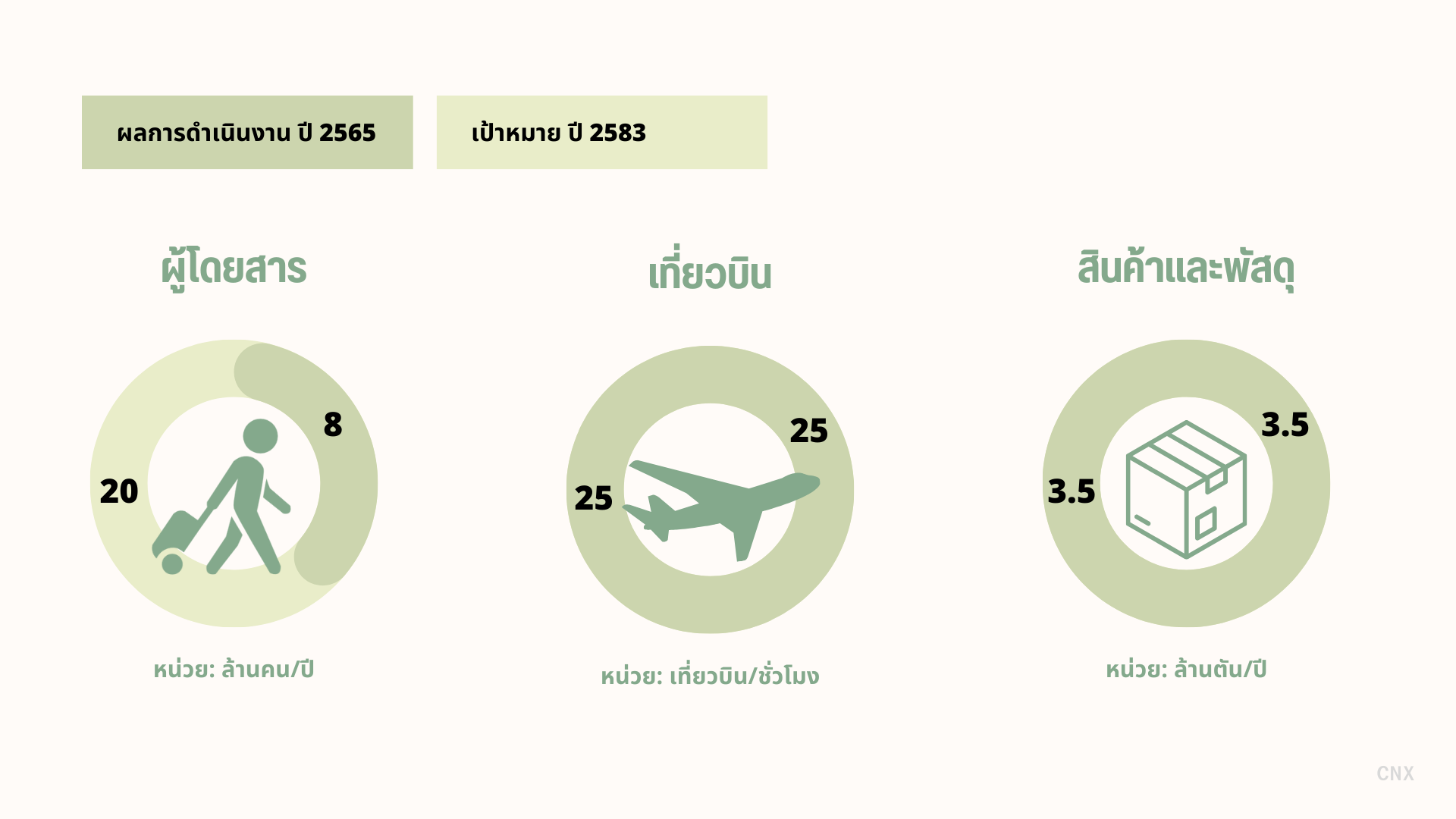
New Passenger Building or Secondary Concourse 1 Satellite 1: SAT 1
AOT has constructed the SAT-1 terminal building as part of the Suvarnabhumi Airport development project, with an investment of approximately 39.76 billion baht. The purpose is to accommodate the increasing number of travelers from around the world and to reduce passenger congestion at Suvarnabhumi Airport from 45 million people per year to 60 million people per year. The SAT-1 terminal is a four-story building with a total area of over 216,000 square meters, featuring 28 parking bays and sustainable design elements. These include a wastewater treatment system for reuse, natural lighting, heat-insulating materials, and solar panels to reduce energy consumption.
Infrastructure, Capacity, and Business Opportunities for Convenient, Cost-effective, and Environmentally Friendly Air Travel
AOT is aware of the importance of connecting the ground transportation system and therefore continuously develops the transportation network according to the airport development master plan in collaboration with government agencies, state enterprises and the private sector. whether it is connected to public transport into the city center by public bus Bus for hire and connection with the electric train at Suvarnabhumi Airport and Don Mueang Airport.
| Airport | Land Transport | Rail Transport |
|---|---|---|
| Suvarnabhumi Airport (BKK) |
Special Highway (Motorway)) Bangkok - Pattaya - Map Ta Phut line Bangna - Trat Elevated Road Airport Shuttle Bus BKK - DMK |
Airport Skytrain |
| Don Mueang Airport (DMK) |
Don Mueang Tollway and Vibhavadi - Phahon Yothin Highway Airpot Shuttle Bus DMK - BKK Public bus from DMK to → A1 Chatuchak Park (BTS Skytrain Station) - Mo Chit Bus Terminal → A2 Chatuchak Park - Victory Monument → A3 Pratunam - Lumphini Park → A4 Khao San Road - Sanam Luang |
Northeastern and Northern railway routes Suburban train system project (Red Line) |
| Phuket Airport (HKT) |
Highway 402 Phuket Smart Bus |
- |
| Chiang Mai international Airport (CNX) |
Highway No. 111 Airport Shuttle Bus |
- |
| Hat Yai International Airport (HDY) |
Highway No. 4135 Airport Shuttle Bus |
- |
| Mae Fah Luang Chiang Rai International Airport (CEI) |
Highway No. 1209 | - |

Automatic taxi hailing point (Kiosk)
that supports the use of disabled people at Suvarnabhumi Airport
Facilitating the travel of passengers wanting to travel to and from the airport and connecting with the integrated ground transportation system. It is an important factor in increasing the efficiency of using the country's infrastructure to the maximum benefit. AOT has installed a smart screen system for showing real-time bus locations and supporting the use of disabled people at Suvarnabhumi Airport.
Freezone Smart Access
AOT has implemented face recognition technology and license plate recognition cameras at access control checkpoints (AC) and cargo inspection stations (CP). Additionally, they have installed ID Card Self-Services Kiosks for issuing temporary (not exceeding 24 hours) ID and vehicle permits for entering and exiting the controlled areas of Suvarnabhumi Airport's free zone. This implementation aims to monitor access to the controlled areas of the free zone at Suvarnabhumi Airport and to enhance operational efficiency between AOT and external agencies.
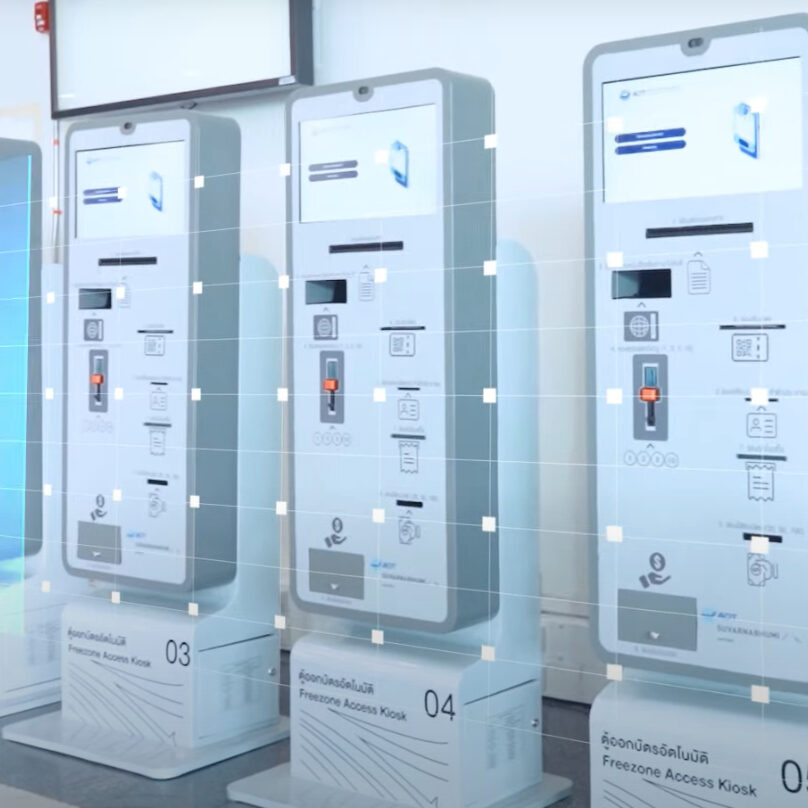
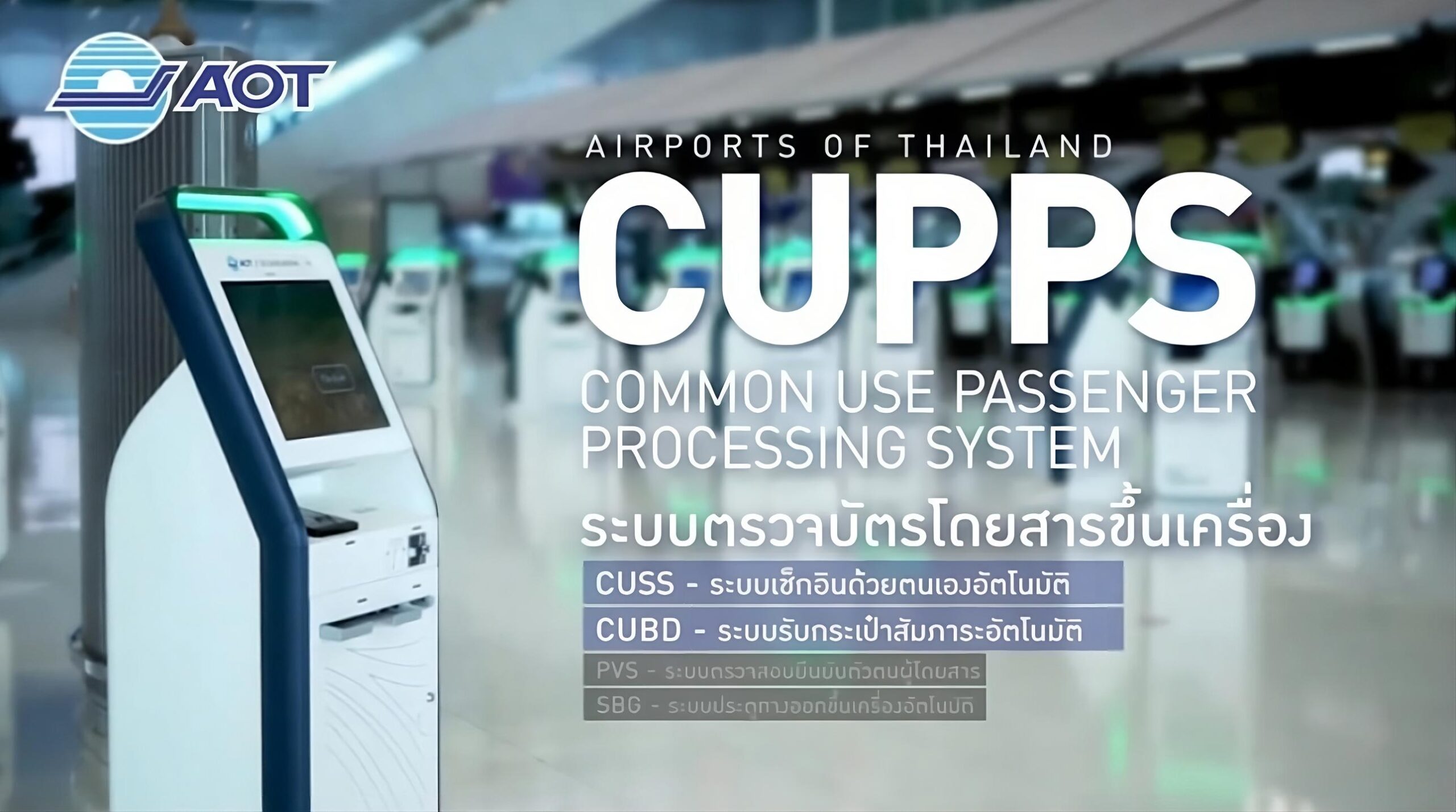
Automated Boarding Pass Self-Check System
- CUSS (Common Use Self Service): Self-check-in system
- CUBD (Common Use Bag Drop): Self-service baggage drop system
- PVS (Passenger Validation System): Passenger identity verification system
- SBG (Self-Boarding Gate): Automated boarding gate system
Airport Accessibility and Business Opportunity from External Development
Building a network through Memorandums of Understanding between airports
(Sister Airport Agreement: SAA)
Since 2009, AOT has established Sister Airport Agreements (SAA) with international airport management organizations. Currently, AOT has SAAs with 13 organizations covering 17 airports in 10 countries. To monitor operations, AOT schedules annual meetings for senior executives to jointly determine the direction of collaborative activities and to exchange airport management insights. Additionally, AOT and its business partners exchange information through emails or surveys about various operational practices. This exchange aims to gather feedback and share information to enhance marketing and tourism, thereby increasing flight frequencies and air cargo transport between AOT's airports and those under the SAA.
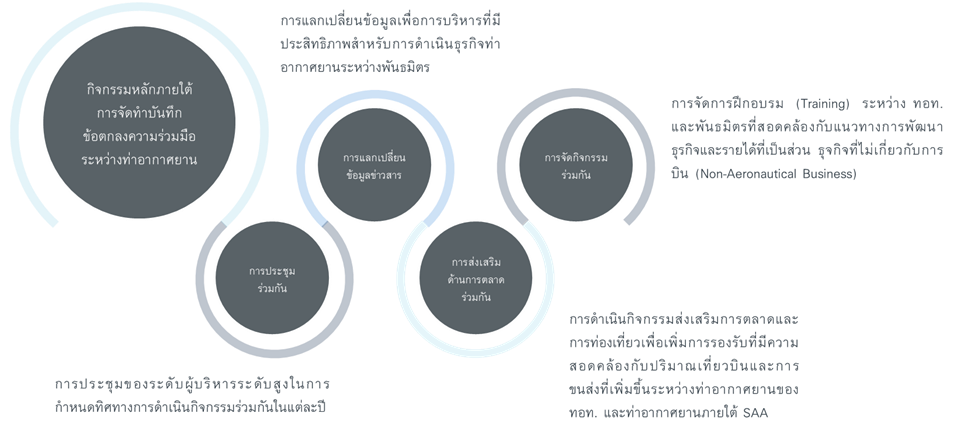
Seeking investment opportunities or establishing joint ventures that promote business opportunities with AOT in the field of non-aeronautical business (Non-Aeronautical Business)
To enhance business investment opportunities, AOT has analyzed investment feasibility through a project to jointly sign a memorandum of understanding between airports for Organize training Consulting For joint ventures and investments that have future development opportunities It can bring mutual benefits between airports in the form of Airport business efficiency financial ability Building relationships and developing leadership roles This can initially be done through training on issues that are AOT's strengths, such as safety and security. Developing capabilities to support business growth crisis management and business continuity Increasing income not related to aviation operations Stakeholder management, etc. Training is a foundation for recruiting investment opportunities. For example, AOT can use its strengths in airport safety and security to support it through collaborative projects. Training to gain certification which is necessary for operating an airport for business growth that must accommodate more passengers. It is therefore necessary to be able to respond effectively to safety and security emergencies.
Proactive engagement with the Airports Council International (ACI) to discuss and promote airport standards in terms of service, economy, environment, and safety.
The Airports Council International (ACI) is a trade association of airports worldwide, aimed at promoting cooperation and safeguarding the interests of airports, their members, and aviation partners globally. This is achieved through the development of standards and policies in relevant areas such as service provision, information systems, safety, and environment, among others. Additionally, ACI organizes training sessions and regularly disseminates best practice guidelines.
Airports of Thailand Public Co., Ltd. (AOT) has been a member of ACI since 1991 and has had the honor of representing airports in the Asia-Pacific region in the exchange of knowledge on airport safety, security, environment, economics, human resources, airport information technology systems, and slot allocation. AOT has also sent representatives to join the COVID-19 task force. These roles in ACI increase the opportunities for AOT to influence operational directions both nationally and internationally, impacting business opportunities, marketing, and leadership in airport services.
AOT transparently discloses its expenditure in supporting external organizations, both domestically and internationally, annually in its Sustainability Report to demonstrate operational transparency in accordance with best practices. Moreover, AOT's support for trade associations is considered based on the activities, objectives, and positions of each trade association, particularly those related to climate change management under the Paris Agreement. This is with the aim of advancing the climate change agenda.
See more detail
Last updated: April, 30 2024
